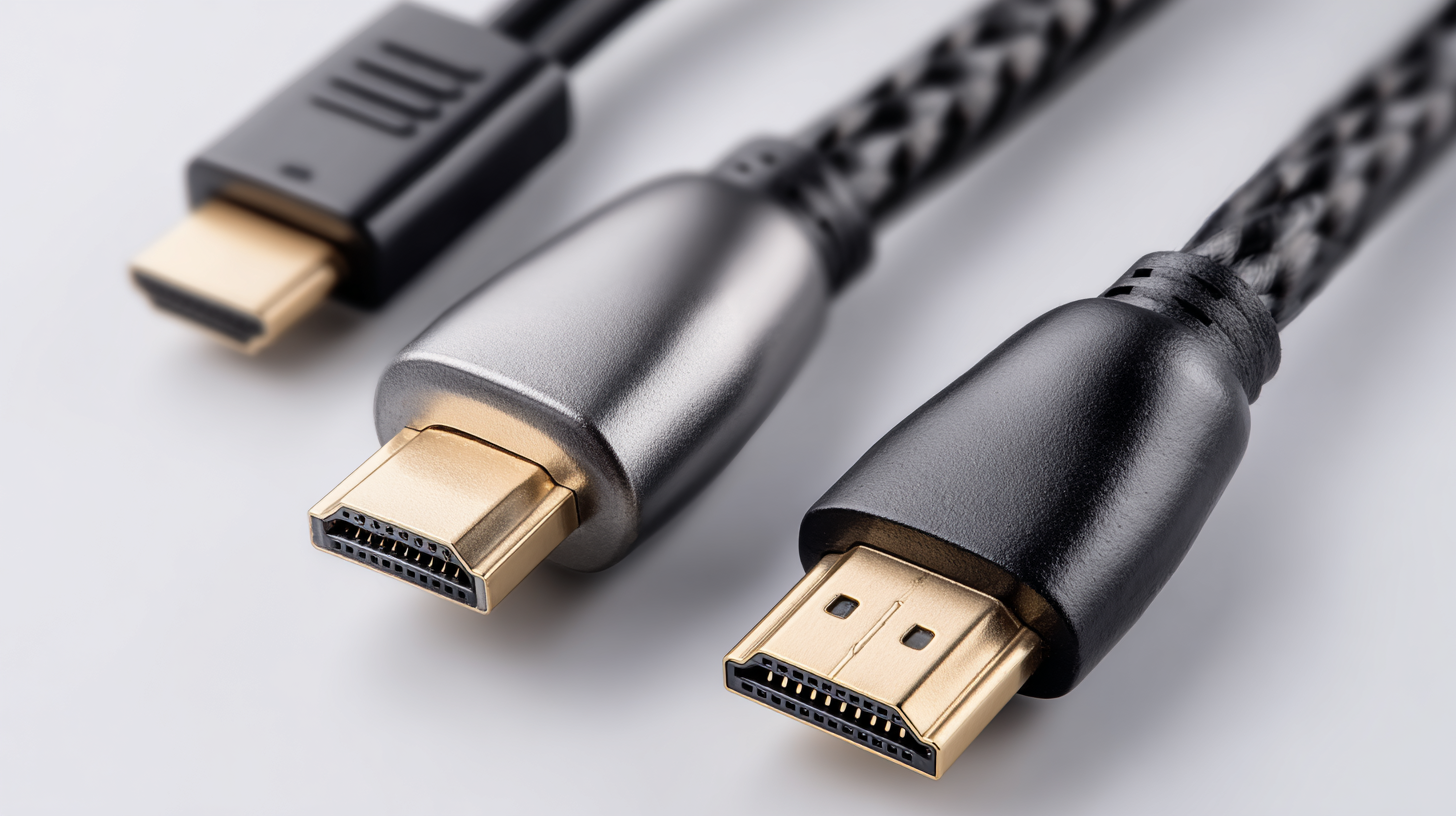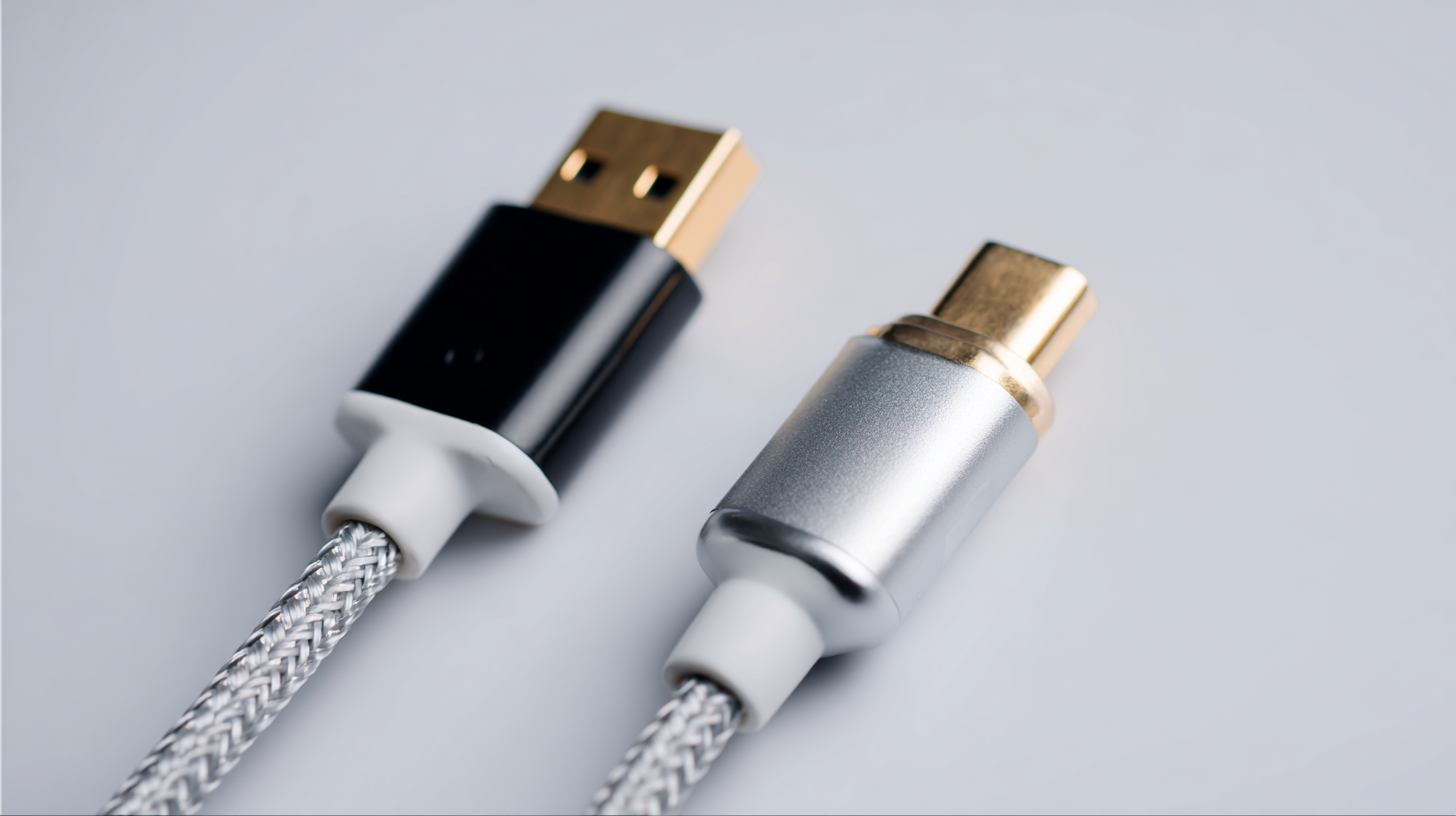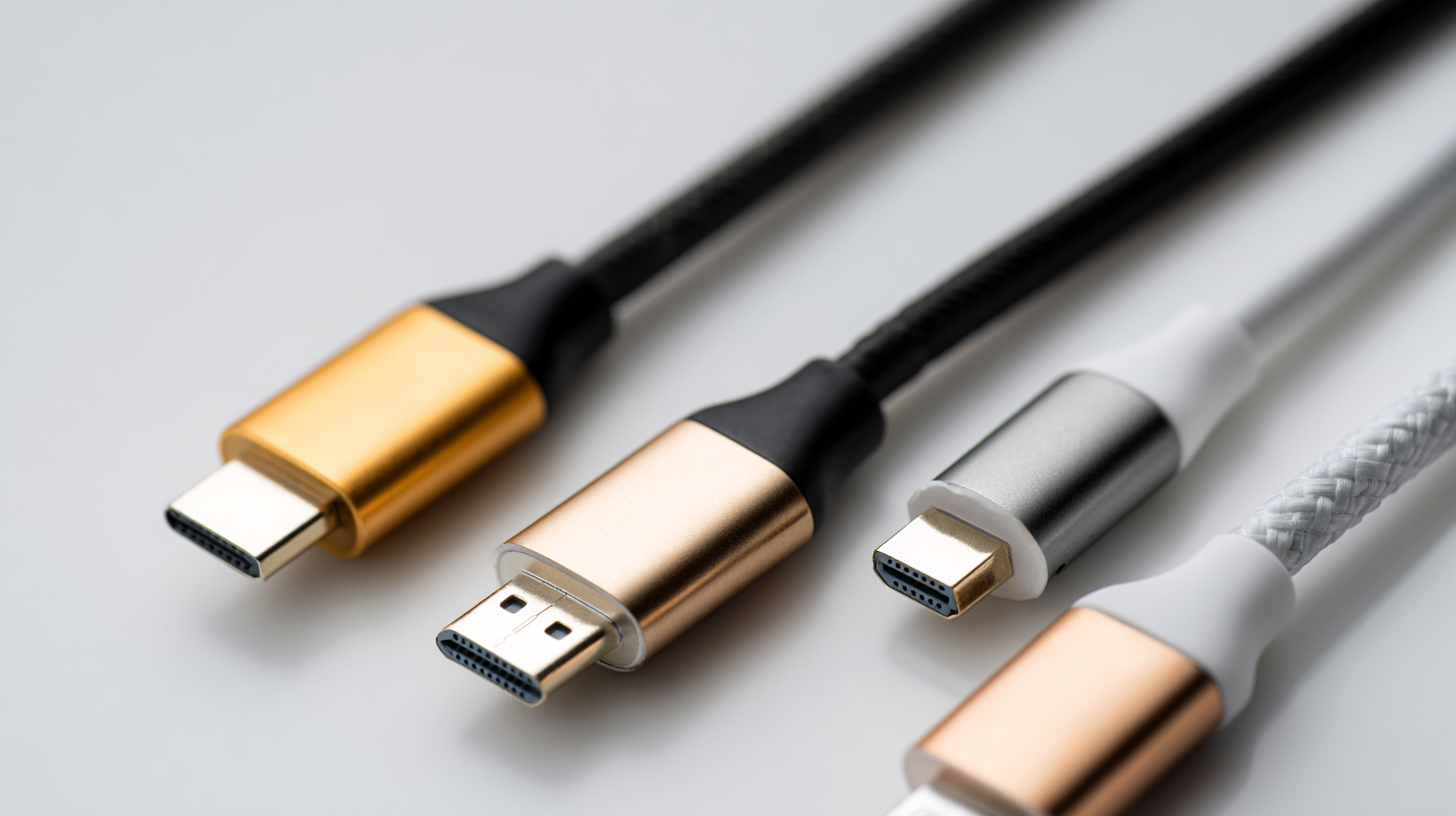In a world increasingly driven by connectivity, the role of a high-quality data cable cannot be overstated. According to a report by the International Data Corporation (IDC), the global demand for seamless device connectivity has surged by over 30% in recent years, highlighting the crucial need for reliable data cables that support various devices. The quality of a data cable directly influences not only the speed of data transfer but also the longevity and performance of connected devices.

Furthermore, a survey conducted by DataReportal indicates that 4.9 billion internet users rely on efficient data transfer for their daily activities, making it imperative to understand the characteristics that distinguish the best data cables from the rest. This blog will explore what makes a data cable essential for your device connectivity needs, diving deep into factors such as durability, speed, compatibility, and safety, ensuring that you are well-informed in your quest for optimal connectivity solutions.
When selecting a data cable, understanding the factors that drive its quality is crucial. Global standards such as USB-IF and IEC establish benchmarks that manufacturers must meet to ensure reliability and performance. According to a recent report from the International Electrotechnical Commission (IEC), high-quality data cables can deliver data transfer rates exceeding 10 Gbps, making them essential for modern devices that require fast and efficient connectivity. The evolution of technologies such as USB-C has broadened the scope for innovations, enabling enhanced functionalities like fast charging and data synchronization within a single cable.
Tip: Always check for cables that are certified by recognized standards organizations. This ensures that they meet the required safety and performance criteria, which can significantly reduce the risk of data loss or device damage.
Moreover, the material and construction of a data cable greatly influence its overall performance. Utilizing advanced materials like braided nylon or reinforced connectors can enhance durability and flexibility. A recent study from MarketWatch indicates that the demand for quality cables has surged by 25% in the past year, emphasizing the growing awareness among consumers regarding the importance of investing in reliable accessories.
Tip: Invest in cables from reputable brands that provide detailed specifications and warranty options. This ensures you get a product that not only functions well but also stands the test of time.
When it comes to choosing the best data cable for your devices, the materials used in its construction play a crucial role in both data transfer speeds and durability. High-quality cables are often made from materials like copper and aluminum, which provide excellent conductivity, ensuring data is transmitted quickly and efficiently. For instance, copper cables are favored for their ability to minimize signal loss, allowing for faster charging and data syncing—essential for anyone who relies on their devices for work or entertainment.
In addition to conductor materials, the outer insulation is equally important. Cables with robust, protective coatings made from materials like PVC or TPE not only prevent wear and tear but also resist environmental factors such as moisture and heat. This durability means that you're not only investing in speed but also in the longevity of the cable. With so many options available, understanding the impact of cable materials can help you make an informed decision that meets your device connectivity needs while ensuring both performance and durability.

In today's digital age, high-performance data cables are essential for optimal device connectivity. Statistics reveal a growing demand for robust connections, with the global patch panels market anticipated to rise significantly, projected to expand from $1.28 billion in 2024 to $2.78 billion by 2032. This growth is largely driven by advancements in connectivity technology, such as Power over Ethernet (PoE), which not only simplifies installations by combining power and data transmission in one cable but also enhances overall network flexibility.
For users looking to enhance their device connectivity, selecting the right data cable is crucial. USB 3.0, for instance, offers exponentially faster data transfer rates compared to its predecessor, USB 2.0, making it a top choice for devices requiring swift data handling. Additionally, with the introduction of new technologies like China’s GPMI standard, the potential for cables that provide up to 192 Gbps bandwidth significantly improves connectivity options.
**Tips:** When choosing a data cable, consider the specifications of your devices to ensure compatibility and optimal performance. Brands that offer cables with superior shielding can reduce interference, providing a more reliable connection. Lastly, always check for user reviews on cable durability, as choosing a well-constructed cable can save you from frequent replacements and connectivity issues.
| Connectivity Type | Max Data Transfer Rate (Mbps) | Cable Length (meters) | Durability Rating (Cycles) | Compatibility |
|---|---|---|---|---|
| USB 3.0 | 5000 | 1.0 | 15000 | Universal |
| USB-C | 10000 | 1.5 | 20000 | Smartphones, Laptops |
| HDMI | 480 | 2.0 | 5000 | Monitors, TVs |
| Ethernet | 1000 | 3.0 | 2000 | Routers, Computers |
| Lightning | 480 | 1.0 | 15000 | Apple Devices |
In the rapidly evolving tech landscape, data cables are crucial for seamless connectivity between devices. Among the various manufacturers worldwide, Chinese companies are emerging as leaders in the data cable industry. Their competitive edge lies in a combination of factors, including advanced manufacturing capabilities, cost-effective production, and a strong understanding of global market demands. By leveraging cutting-edge technology and expansive supply chains, these manufacturers are able to deliver high-quality products that meet a wide range of consumer needs.
Moreover, China's commitment to innovation plays a significant role in their dominance in the sector. Many manufacturers invest heavily in research and development, focusing on enhancing the durability and functionality of their cables. The recent surge in demand for high-speed data transmission and charging solutions has prompted Chinese companies to quickly adapt and innovate, allowing them to maintain a significant presence in both domestic and international markets. This adaptability not only caters to consumer trends but also places them ahead of competitors from other countries. As technology continues to advance, China's data cable manufacturers are poised to set new standards for quality and performance, solidifying their position as a preferred choice for consumers worldwide.
As technology continues to evolve, the future of data cables is increasingly intertwined with sustainability and technological advancements. The demand for greener alternatives and efficient connectivity solutions is driving innovation in the industry. Copper, a crucial component in many data cables, remains essential due to its conductivity and reliability, making it a key player in the transition to smarter, more sustainable technologies.
In this landscape, businesses are recognizing the importance of integrating sustainable practices into their operations. By prioritizing environmentally friendly materials and manufacturing processes, companies can significantly reduce their ecological footprint while enhancing the functionality of their products. For example, using recycled materials in data cable production not only conserves resources but also appeals to eco-conscious consumers.
**Tips for Sustainable Data Cable Choices:**
1. Look for cables made with recycled materials or eco-friendly certifications.
2. Consider the longevity of the cable; higher durability often translates to less waste over time.
3. Stay informed about advancements in connectivity standards that promote efficient energy use.
As we move towards a more digitally connected world, the role of data cables will undoubtedly evolve, blending sustainability with technological progress to meet the growing connectivity needs.

